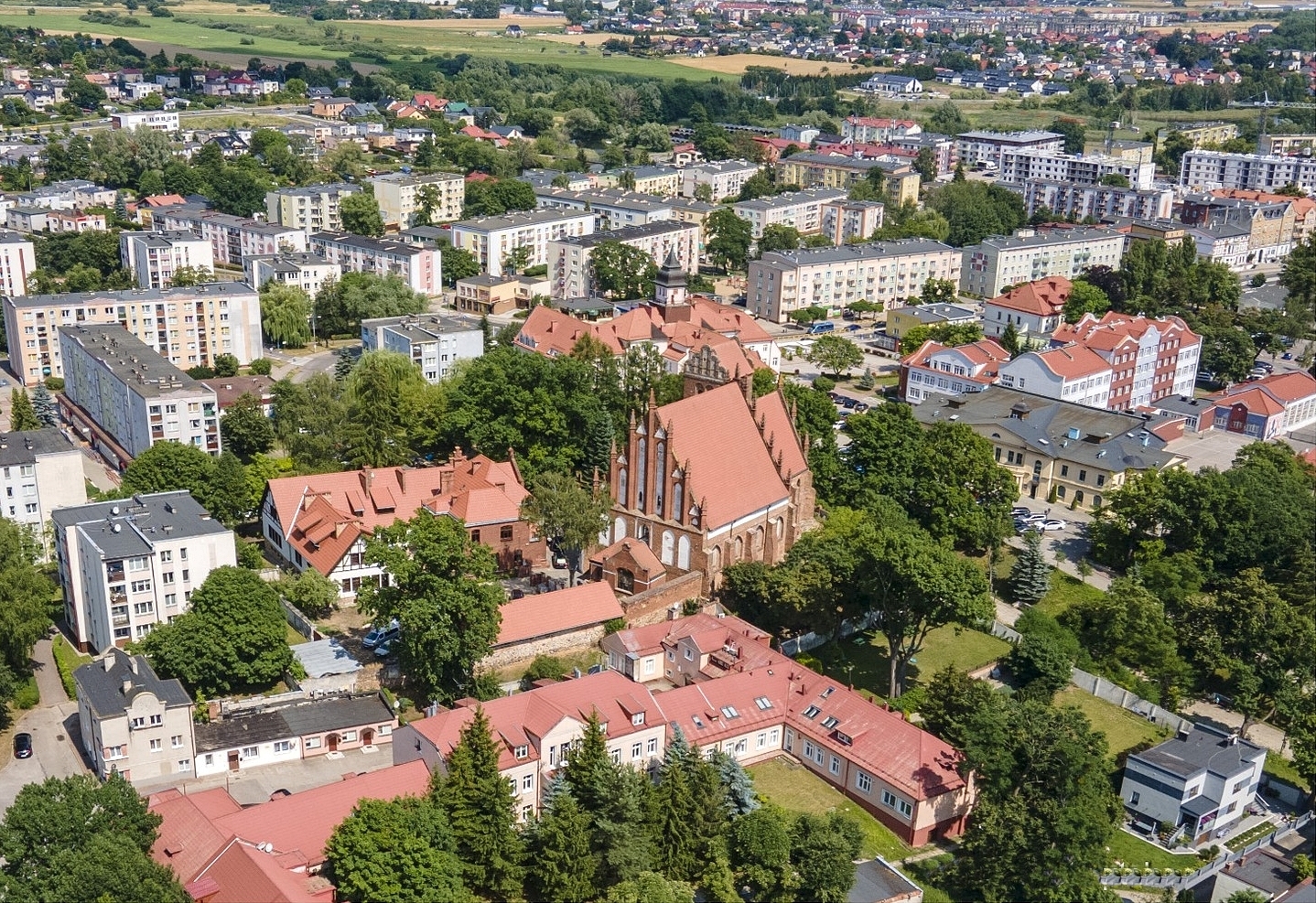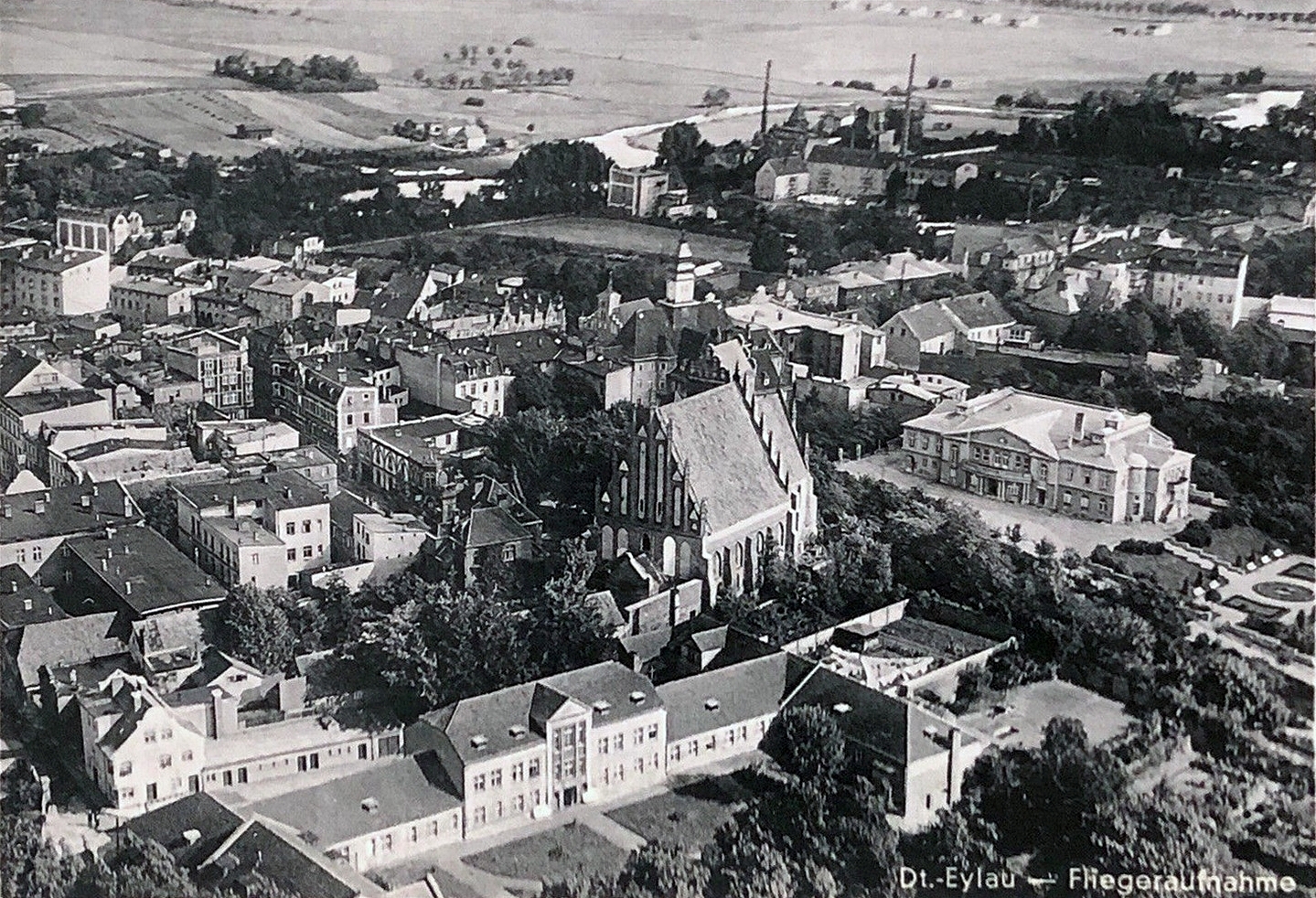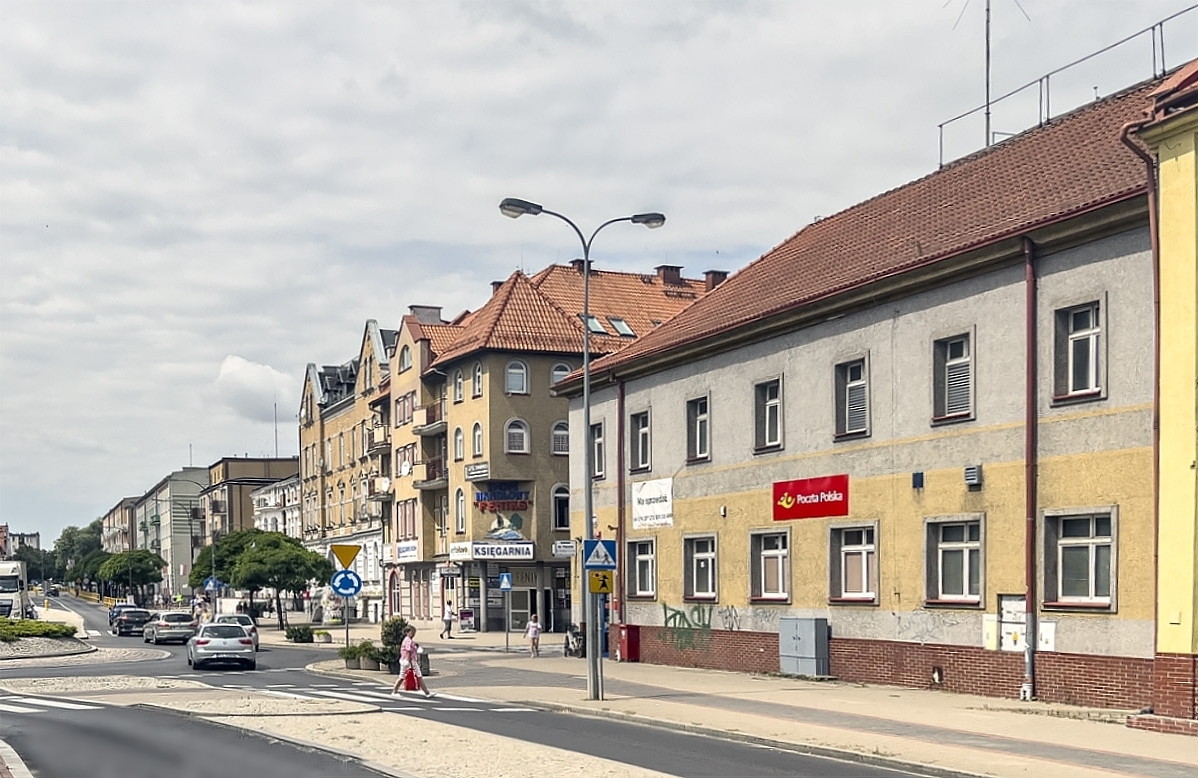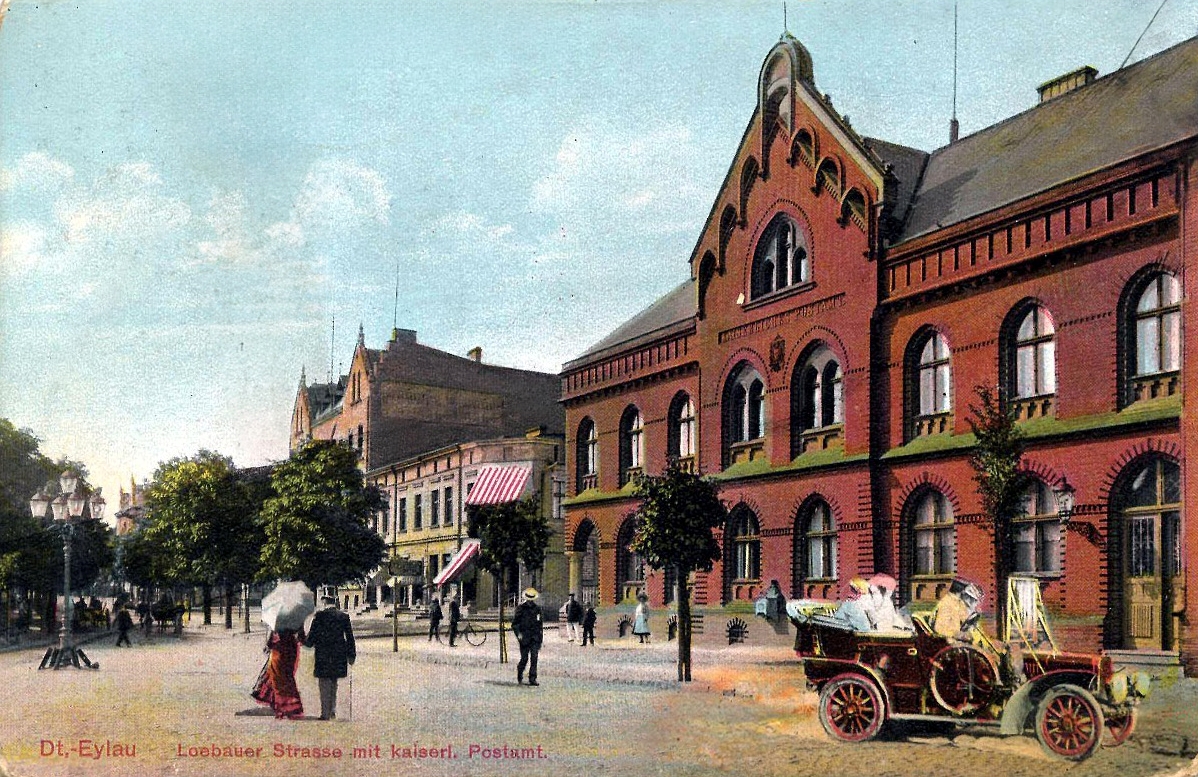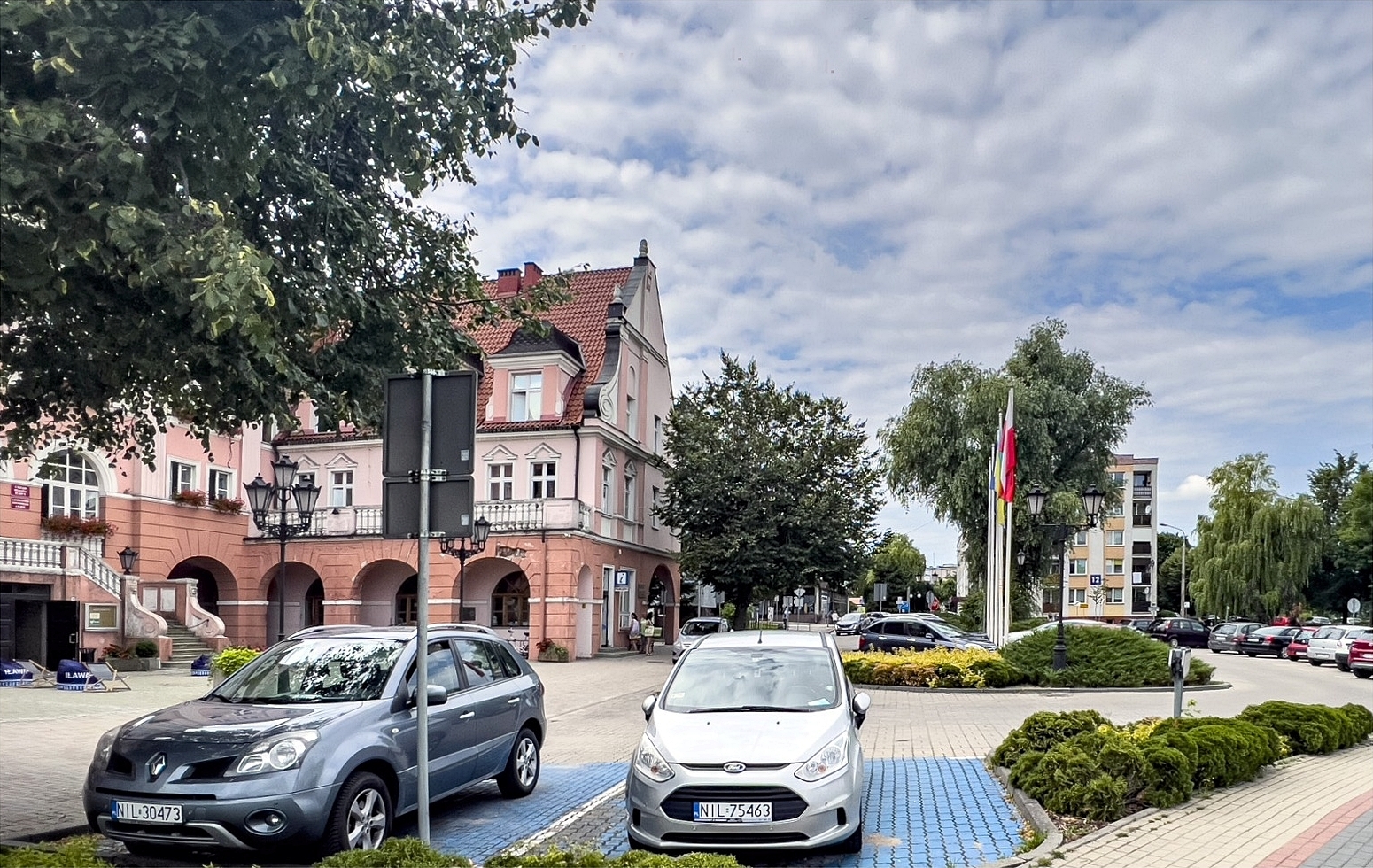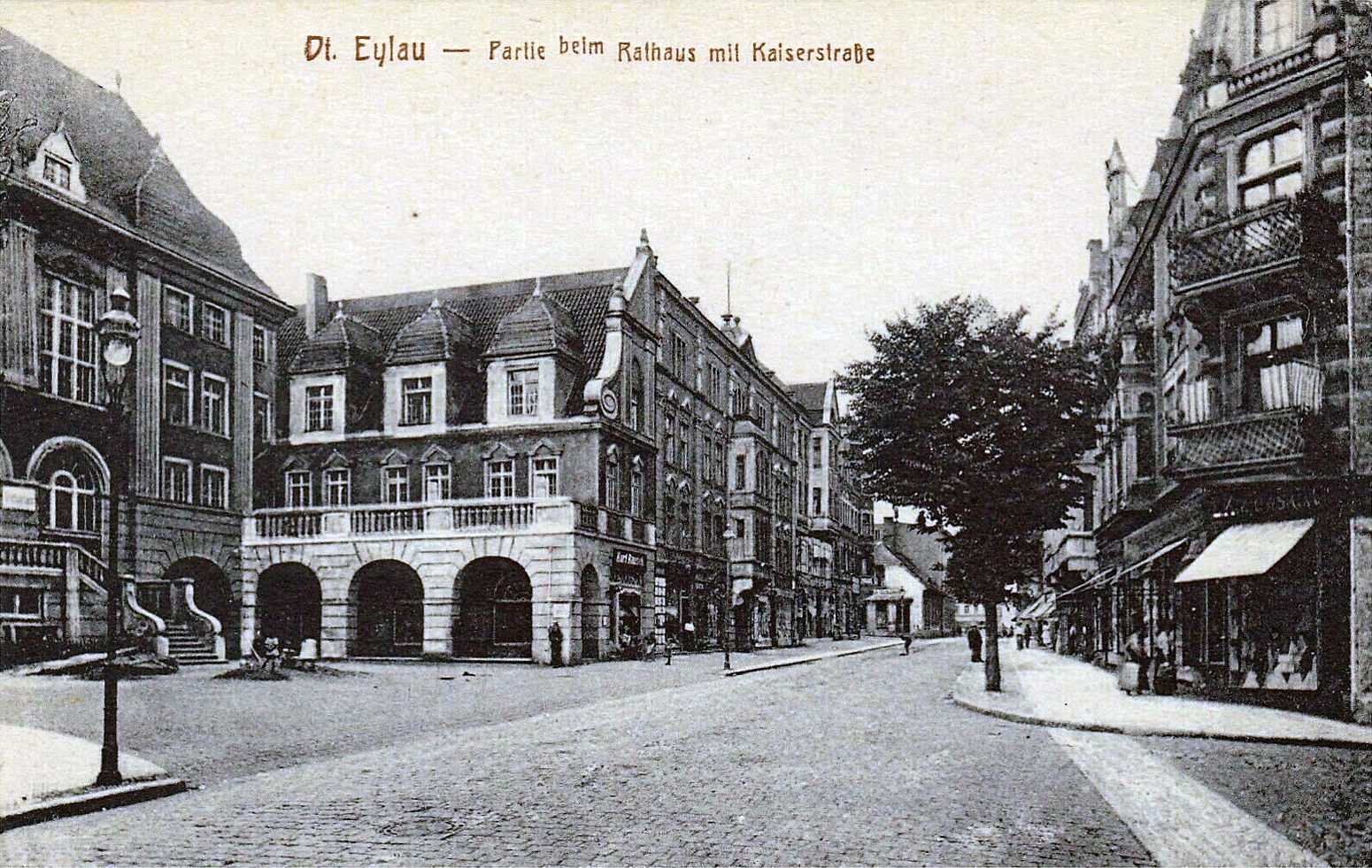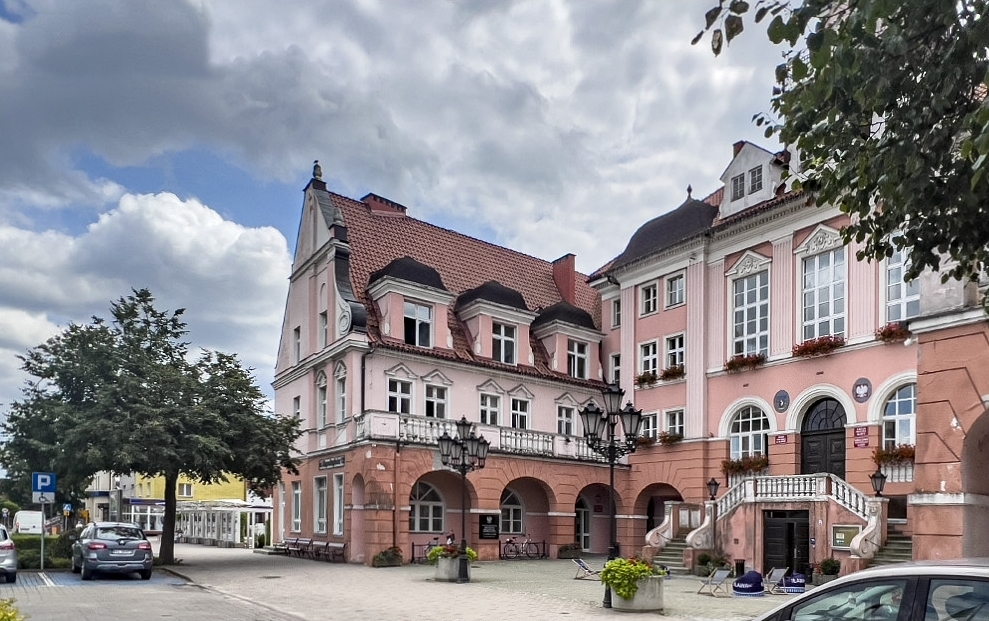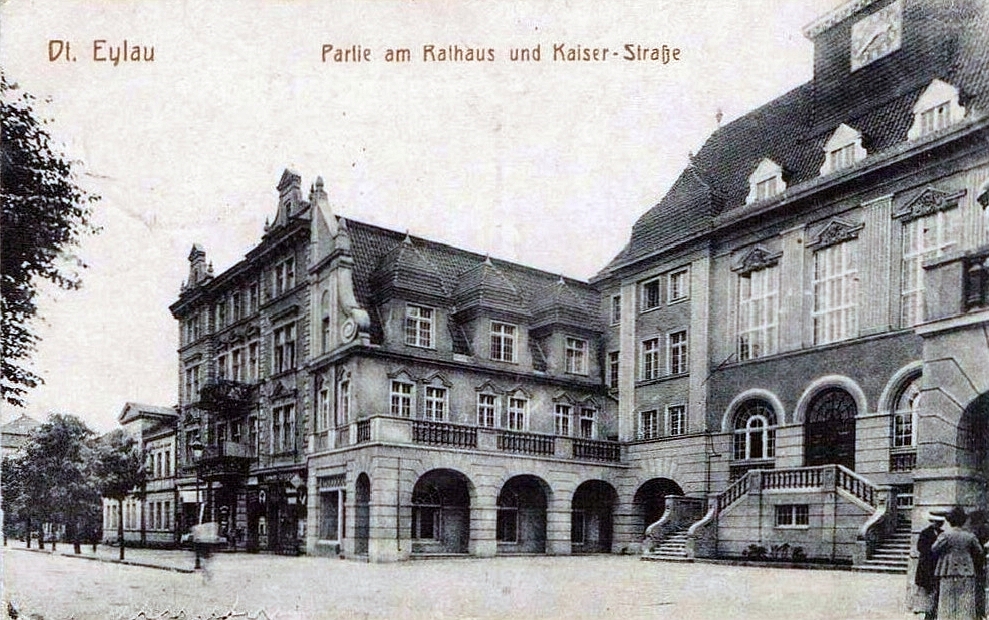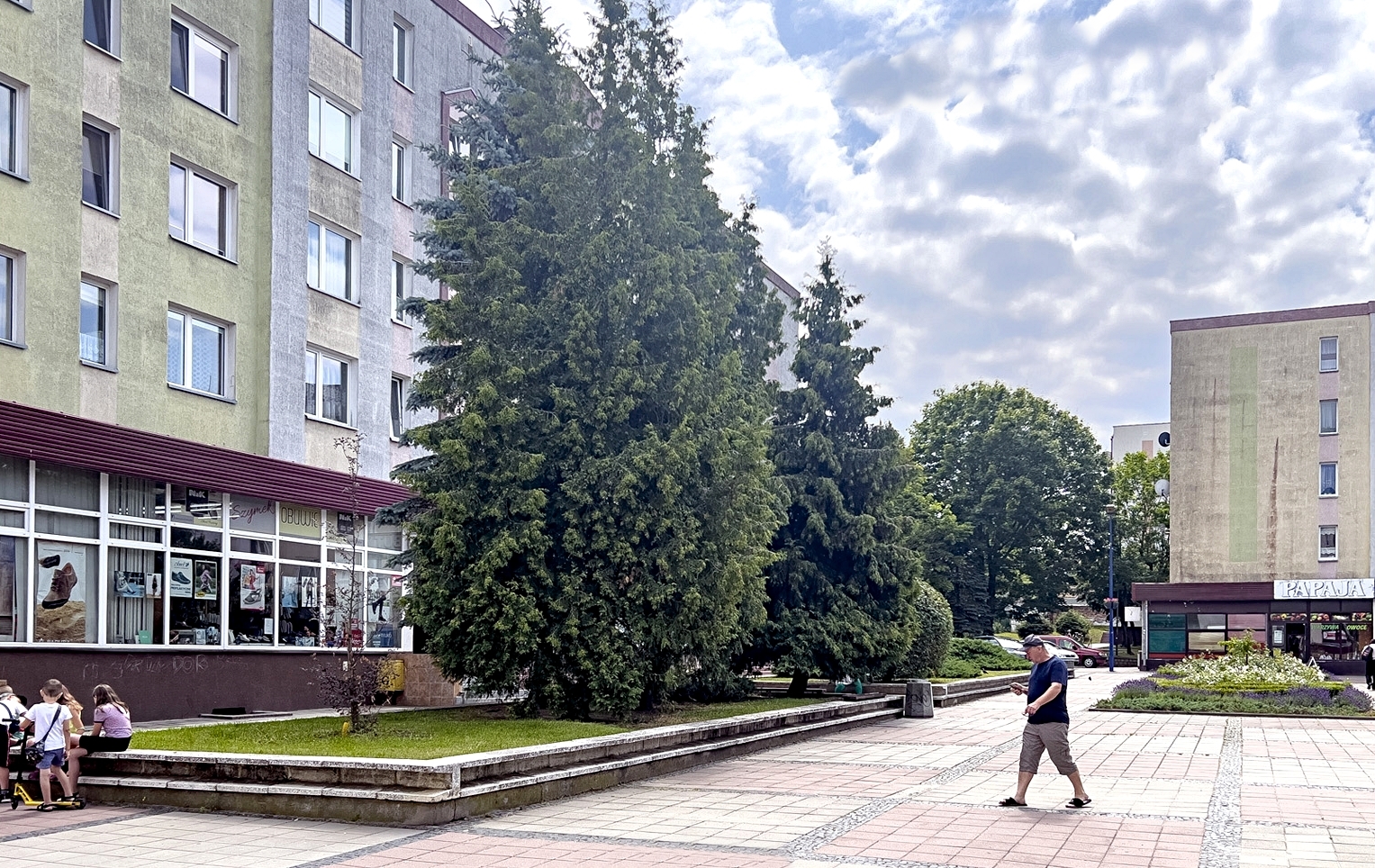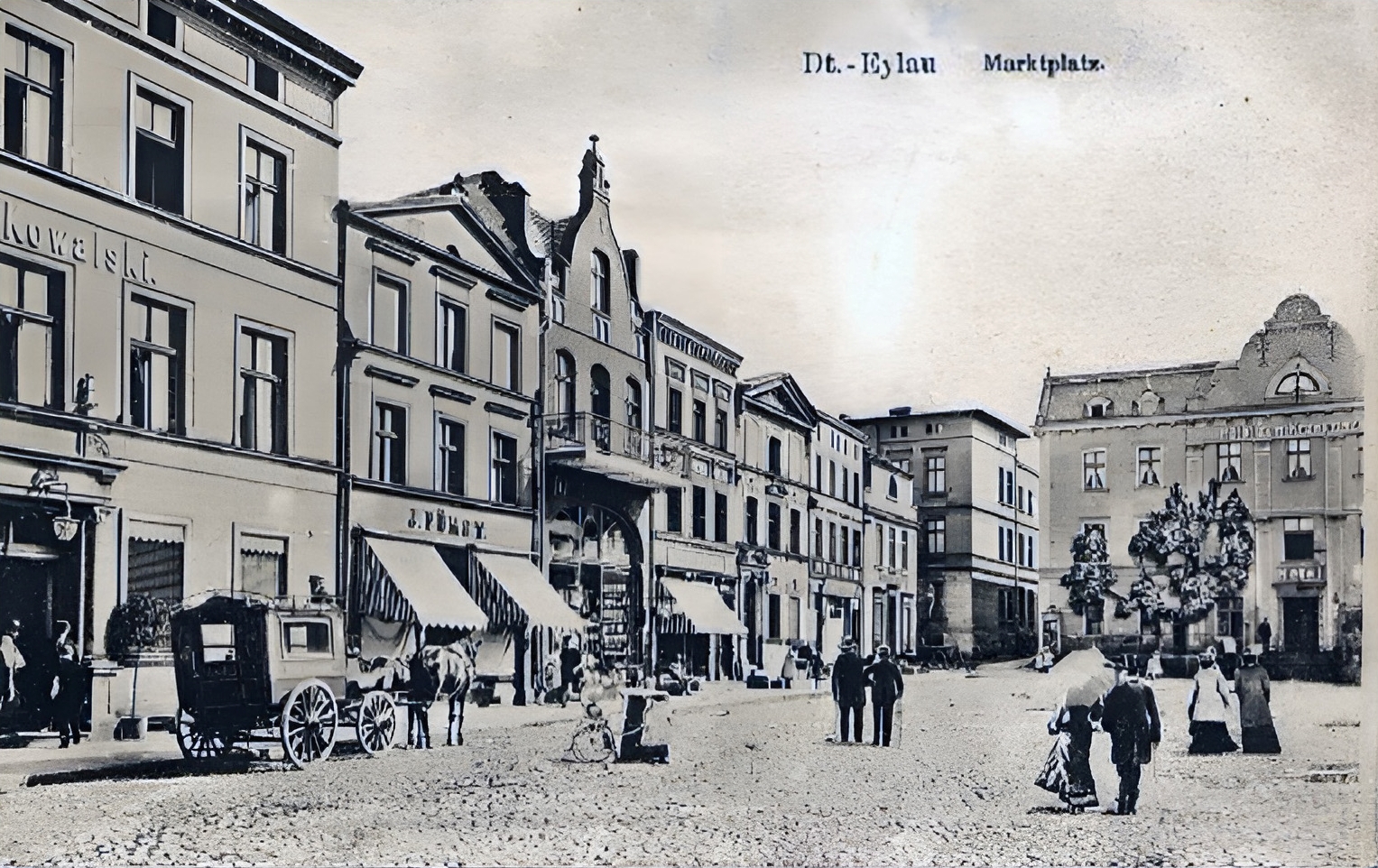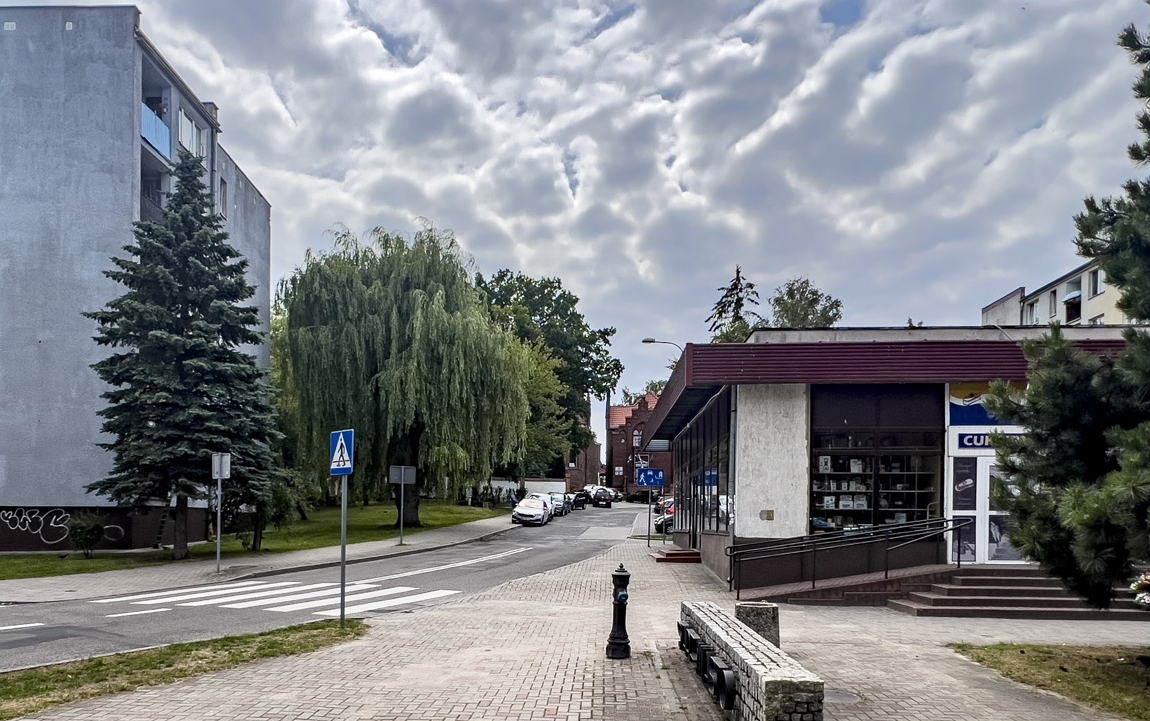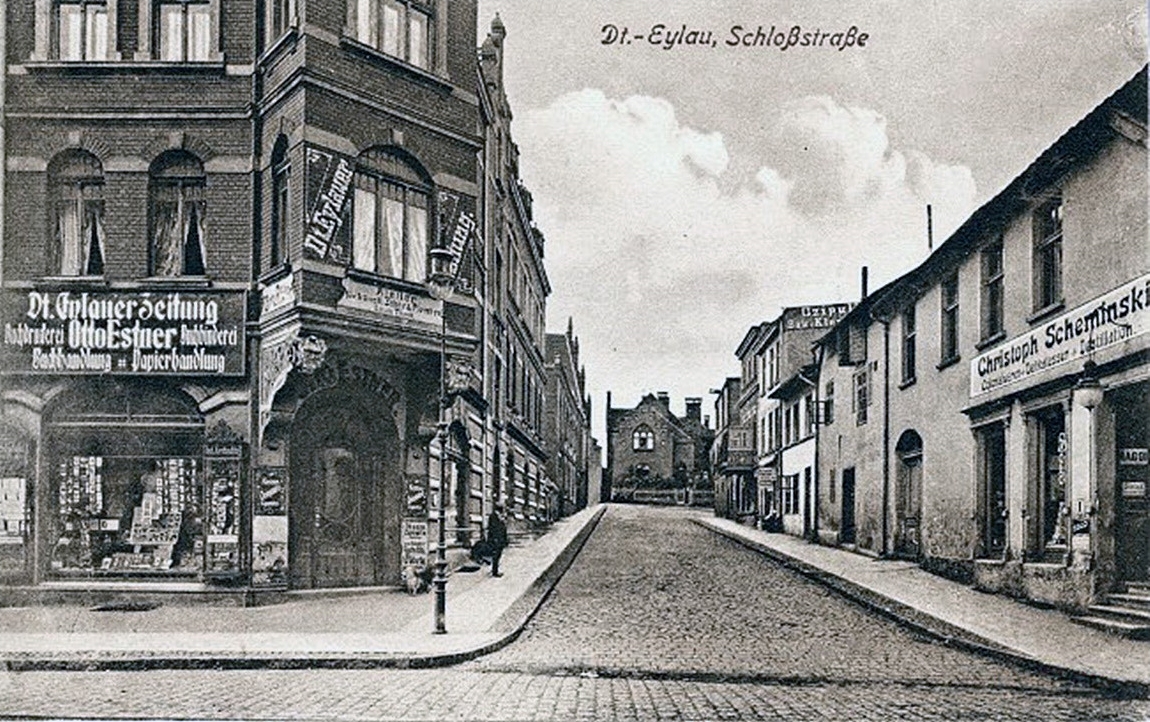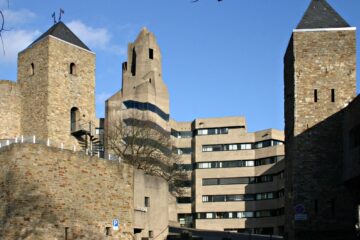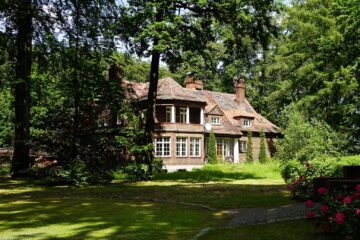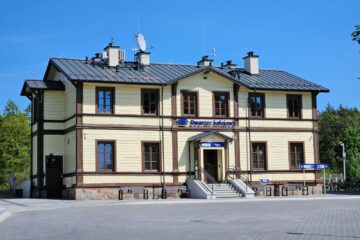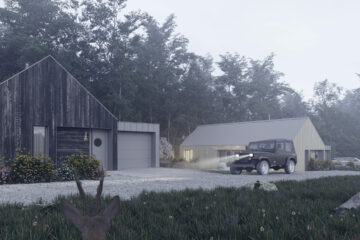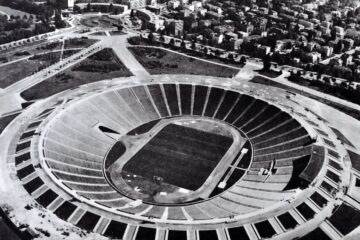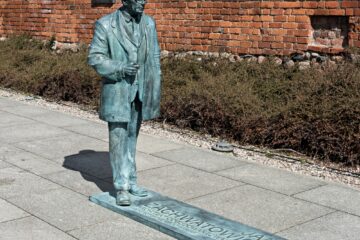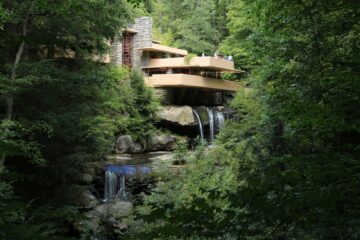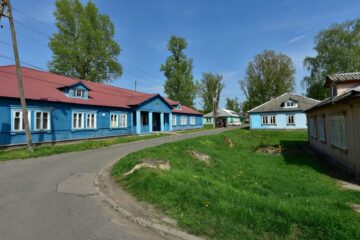on 22 January 1945, Ilawa (German: Deutsch Eylau) was captured by the Red Army. In the following months, Soviet soldiers looted and destroyed the town, as a result of which almost all the buildings were destroyed. All that was left in the Old Town was the historic church, still built by the Teutonic Knights, and fragments of the ramparts. The rest was destroyed and then demolished. Today, blocks of flats stand in place of the former charming townhouses
After the First World War, a plebiscite was held in Warmia, Mazury and Powiśle to decide whether the region should belong to Poland or Germany. Only 5% of the population in Ilawa voted in favour of belonging to Poland and thus it became a German town
View of the north-eastern side of the Old Market Square circa 1910. Source: Refotografie

Before the Second World War, the town was called the “Pearl of the Oberland” (Oberland is the German name for the region of Upper Prussia). At the end of the 19th century a regional court and a customs office were located in the still developing town. The beginning of the 20th century marked further development with the construction of a town hall, a gasworks and a municipal waterworks completed in 1903. In the 1930s, as a result of the elimination of unemployment through public works, the Nazi party NSDAP gained popularity in Ilawa. During the war, a labour camp and a prison camp for prisoners from Sztum were located near the main railway station. In January 1945, Ilawa was occupied by the Red Army troops. As a result of the warfare, the city was slightly damaged. Only later did its real destruction begin. It did not take long for Ilawa to be razed to the ground. Red Army soldiers looted the city in a more or less organised manner, and then set fire to more buildings or simply devastated them. The rest was completed by looters, who took advantage of the chaos to carry away whatever they could. By mid-1945, Ilawa had turned into a sea of ruins. The city was looted and destroyed
View of the north-east side of the Old Town Square circa 1910 vs 2023
Town Hall circa 1915 vs 2023
From witness accounts, former residents were unable to recognise it. Tons of rubble lined the streets, and the only evidence that it was still Ilawa was the nearby lake. Only individual buildings that were used by the Red Army survived, including barracks buildings and large edifices, such as a school building that was used as a hospital for wounded soldiers, or individual buildings in today’s Kosciuszko Street, which were to be used by civilian authorities in the future
After the war, Ilawa was incorporated into Poland. In 1948, most of the population of German origin remaining in the area were deported from Ilawa. Cleaning up the rubble of the ruined buildings continued until the late 1950s. There was no trace of the once beautiful town. The tenement houses were replaced by blocks of flats, which obliterated the former fabric of the town forever. Today, only photographs remain. The comparisons used in the article come from the Refotografie website, for which I am grateful
Source: Stefan Brajter‘s Refotografie, gazetaolsztynska.pl
Read also: Architecture | Metamorphosis | Urbanism | City | History | whiteMAD on Instagram


